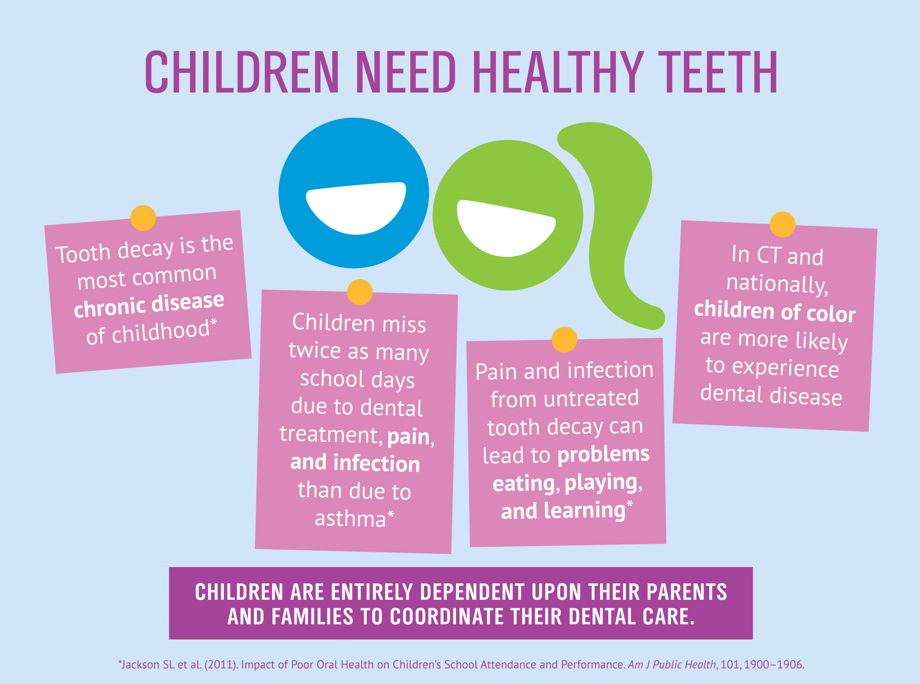Check Out The Introducing Growths That Are Changing The Landscape Of Oral Surgery. Check Out The Future Of The Area And Ensure You Continue To Be At The Leading Edge. Click Now For A Sneak Peek Of What Is To Find
Check Out The Introducing Growths That Are Changing The Landscape Of Oral Surgery. Check Out The Future Of The Area And Ensure You Continue To Be At The Leading Edge. Click Now For A Sneak Peek Of What Is To Find
Blog Article
Personnel Writer-Petersson Jonasson
Invite to the globe of oral surgery, where innovations and advances are shaping the future of the area! In this exciting realm, you'll witness the transformative power of robotics, the innovative marvel of 3D printing, and the game-changing impact of minimally invasive techniques.
The future of dental surgery holds a pledge of precision, performance, and boosted patient outcomes. With the help of sophisticated robotics, doctors have the ability to carry out complex treatments with higher accuracy and control.
3D printing innovation is reinventing the development of dental implants and prosthetics, providing personalized options that fit seamlessly right into each patient's special makeup.
Additionally, minimally invasive methods are lowering post-operative pain and recovery time, allowing patients to go back to their lives quicker.
Prepare to discover the exciting technologies and breakthroughs that are improving the landscape of dental surgery!
Advancements in Robotics
One significant development in dental surgery is using robotic technology, which permits exact and efficient procedures. With the help of robotic systems, dental specialists have the capability to perform complicated surgical procedures with improved accuracy, minimizing the risk of human mistake.
These robotic systems are outfitted with advanced imaging modern technology and accurate tools that enable specialists to navigate via detailed anatomical structures easily. By making use of robot technology, doctors can accomplish higher medical accuracy, leading to improved client results and faster recovery times.
Additionally, the use of robotics in dental surgery permits minimally intrusive treatments, lowering the injury to surrounding cells and advertising faster healing.
3D Printing in Dental Surgery
To enhance the area of oral surgery, you can discover the subtopic of 3D printing in dental surgery. This innovative technology has the potential to transform the method dental specialists run and deal with patients. Below are 4 essential methods which 3D printing is forming the field:
- ** Custom-made Surgical Guides **: 3D printing enables the creation of extremely accurate and patient-specific medical guides, enhancing the accuracy and effectiveness of procedures.
- ** https://www.prnewswire.com/news-releases/smile-doctors-launches-smile-express-an-innovative-condensed-invisalign-aligner-treatment-for-patients-301331529.html **: With 3D printing, oral surgeons can create customized implant prosthetics that flawlessly fit a client's distinct makeup, resulting in much better results and client satisfaction.
- ** Bone Grafting **: 3D printing makes best place for implants for the manufacturing of patient-specific bone grafts, decreasing the demand for typical grafting strategies and improving healing and recuperation time.
- ** Education and learning and Educating **: 3D printing can be utilized to develop sensible surgical models for instructional functions, allowing oral cosmetic surgeons to practice intricate procedures before executing them on people.
With its potential to boost precision, personalization, and training, 3D printing is an amazing growth in the field of dental surgery.
Minimally Invasive Methods
To better advance the area of dental surgery, accept the potential of minimally intrusive techniques that can substantially benefit both surgeons and patients alike.
Minimally invasive techniques are reinventing the field by decreasing surgical trauma, reducing post-operative pain, and increasing the recovery procedure. These methods include using smaller sized incisions and specialized instruments to carry out procedures with accuracy and effectiveness.
By making use of innovative imaging technology, such as cone beam of light computed tomography (CBCT), specialists can precisely plan and implement surgical treatments with minimal invasiveness.
Furthermore, making use of lasers in oral surgery allows for specific cells cutting and coagulation, leading to lessened bleeding and reduced healing time.
With minimally invasive techniques, individuals can experience faster recovery, minimized scarring, and boosted results, making it an important element of the future of dental surgery.
Final thought
So, as you can see, the future of dental surgery is extremely promising, with interesting developments and breakthroughs forming the area.
From the improvements in robotics to using 3D printing and minimally intrusive strategies, oral specialists are reinventing the way they give treatment.
While some may bother with the prospective expense connected with these developments, it is very important to bear in mind that these innovations ultimately improve person results and lower recuperation time, making them well worth the financial investment in the long run.
